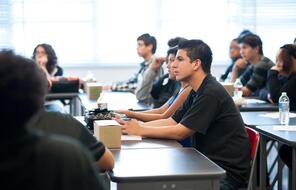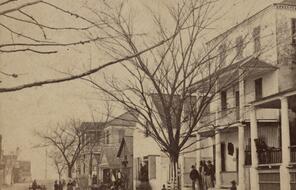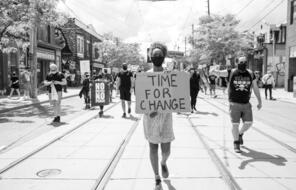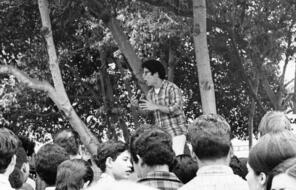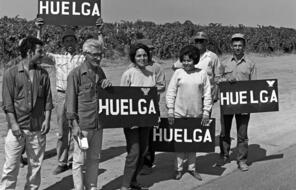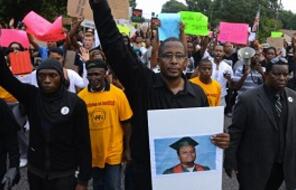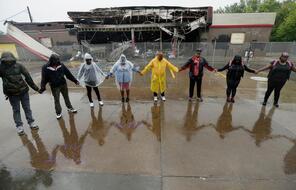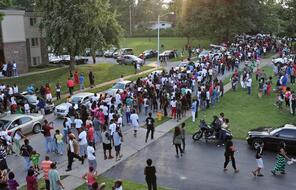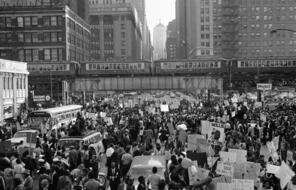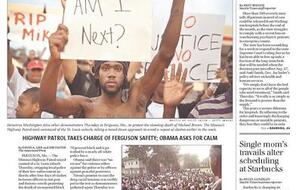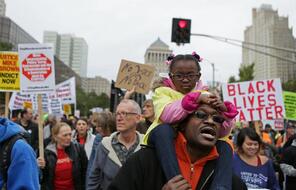
Policing and the Legacy of Racial Injustice
Resources
4Subject
- History
- Social Studies
Grade
6–12Language
English — USPublished
Updated
Overview
About This Mini-Unit
This series of mini-lessons is designed to help students think critically about the long and troubling history between law enforcement and Black Americans. Use these mini-lessons to help your students bring a historical lens to these complex issues, engage with nuanced sources that reflect a range of experiences with policing, and consider ways to build a society that ensures the safety of all people.
Preparing to Teach
A Note to Teachers
Before you teach this lesson, please review the following guidance to tailor this lesson to your students’ contexts and needs.
Lesson Plans
Unlimited Access to Learning. More Added Every Month.
Facing History & Ourselves is designed for educators who want to help students explore identity, think critically, grow emotionally, act ethically, and participate in civic life. It’s hard work, so we’ve developed some go-to professional learning opportunities to help you along the way.
Exploring ELA Text Selection with Julia Torres
On-Demand

Working for Justice, Equity and Civic Agency in Our Schools: A Conversation with Clint Smith
On-Demand

Centering Student Voices to Build Community and Agency
On-Demand


